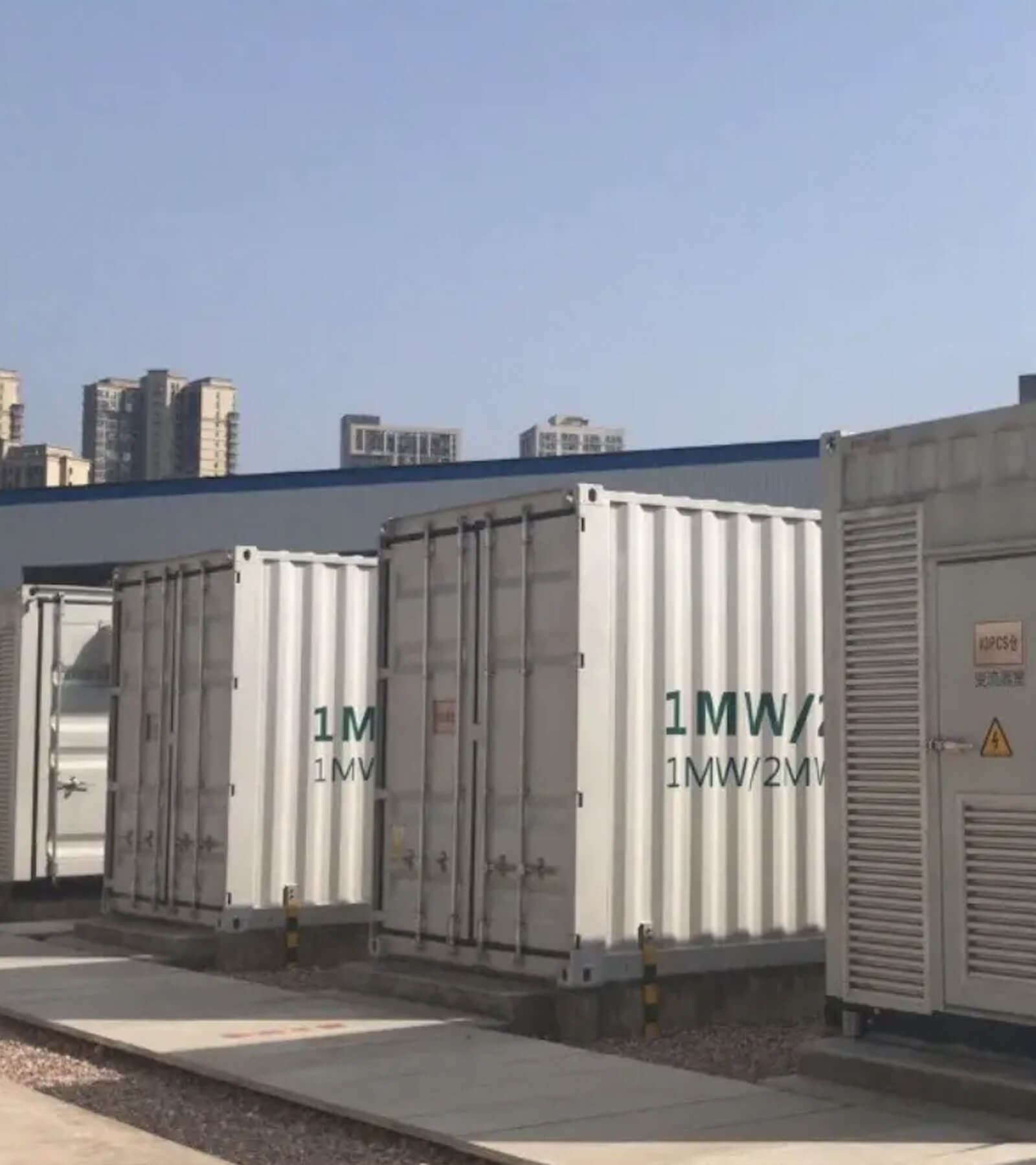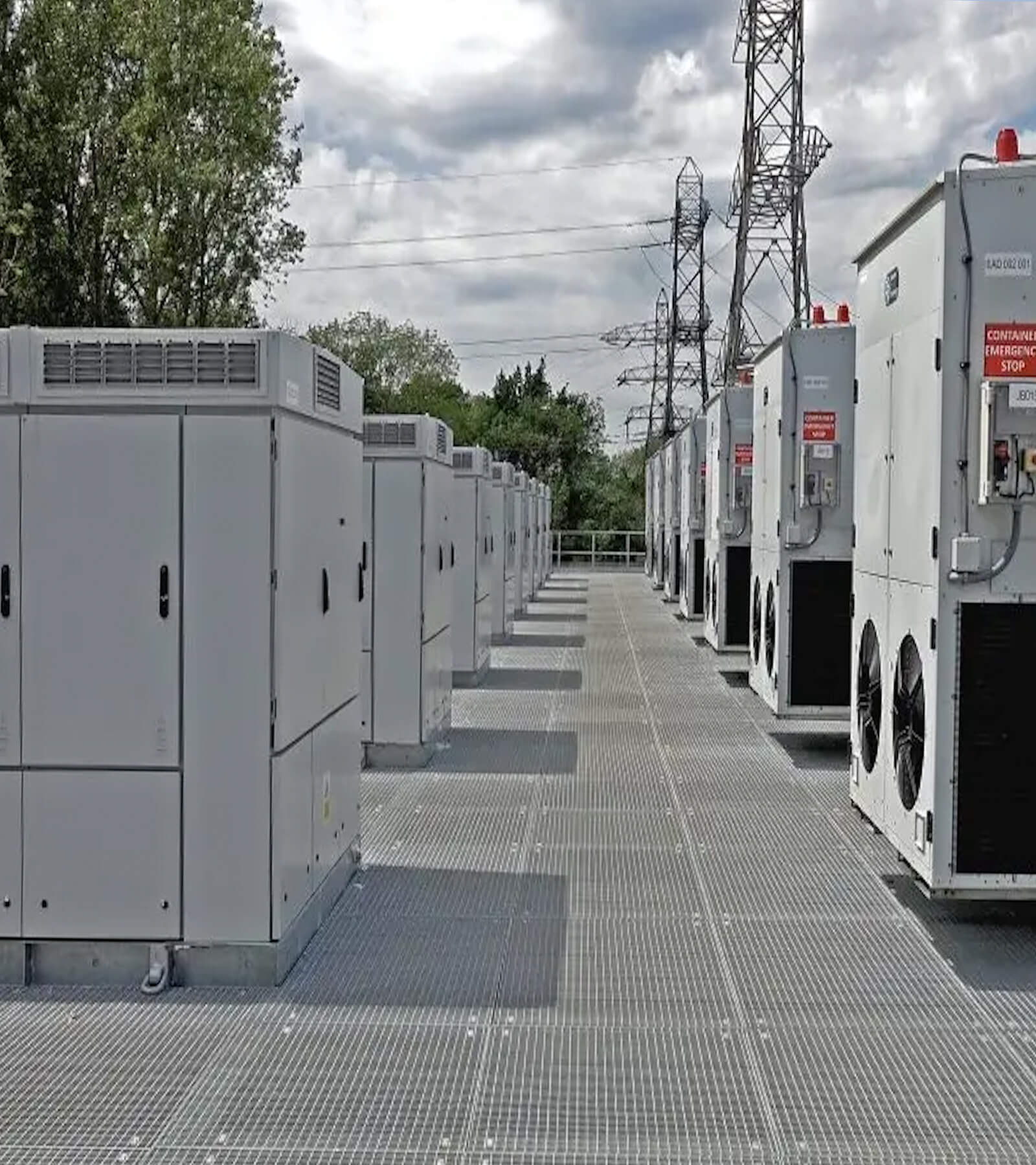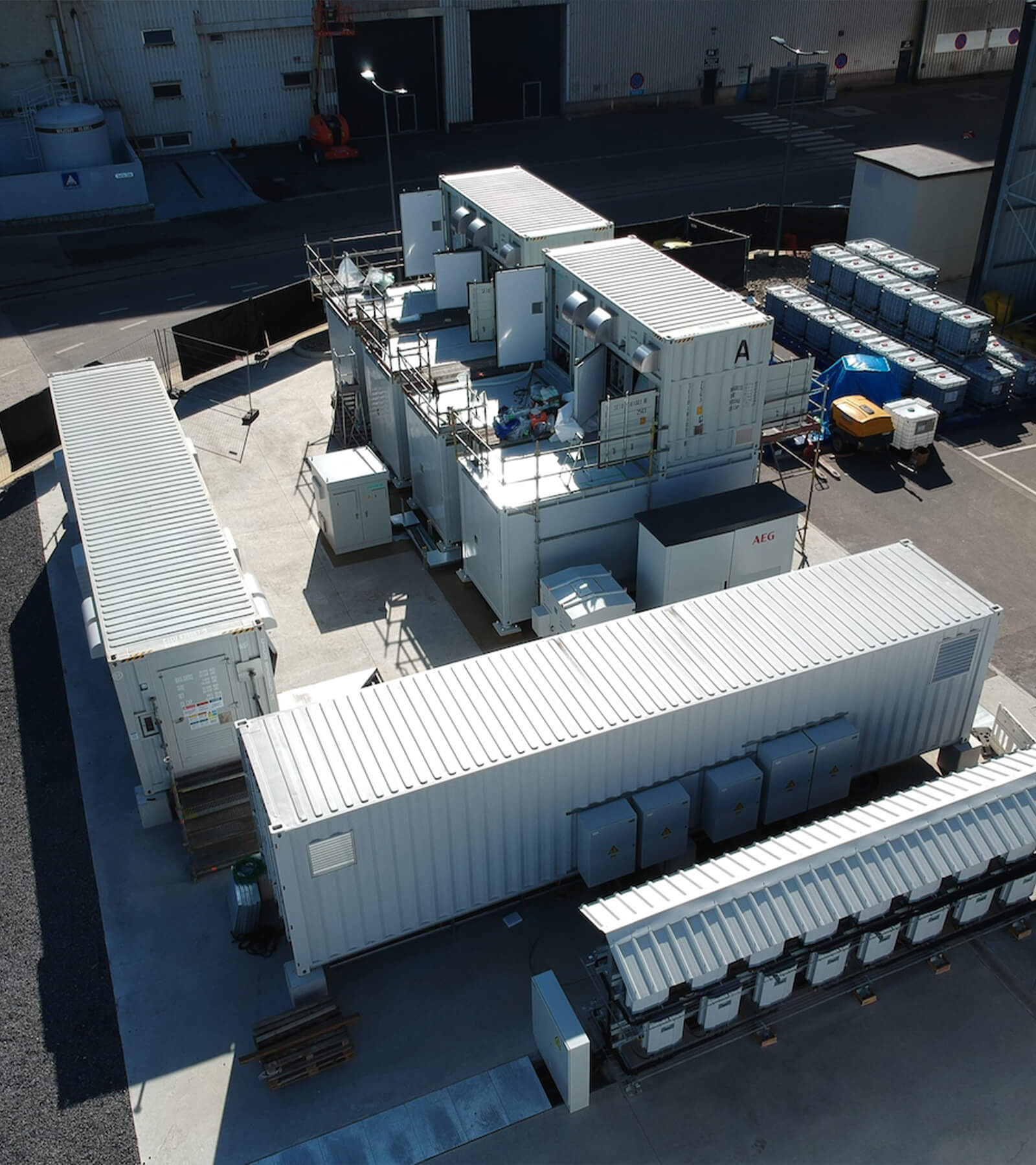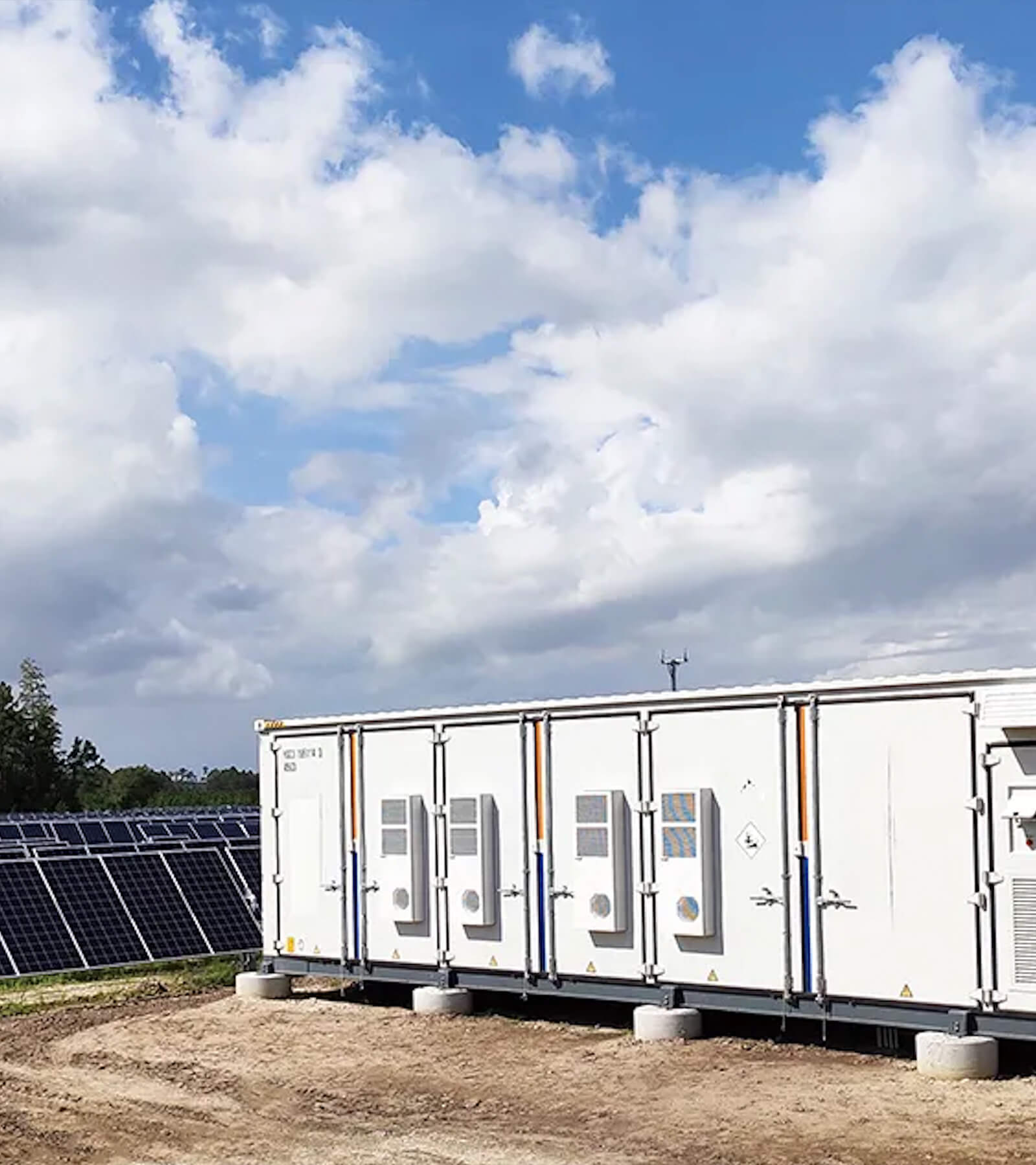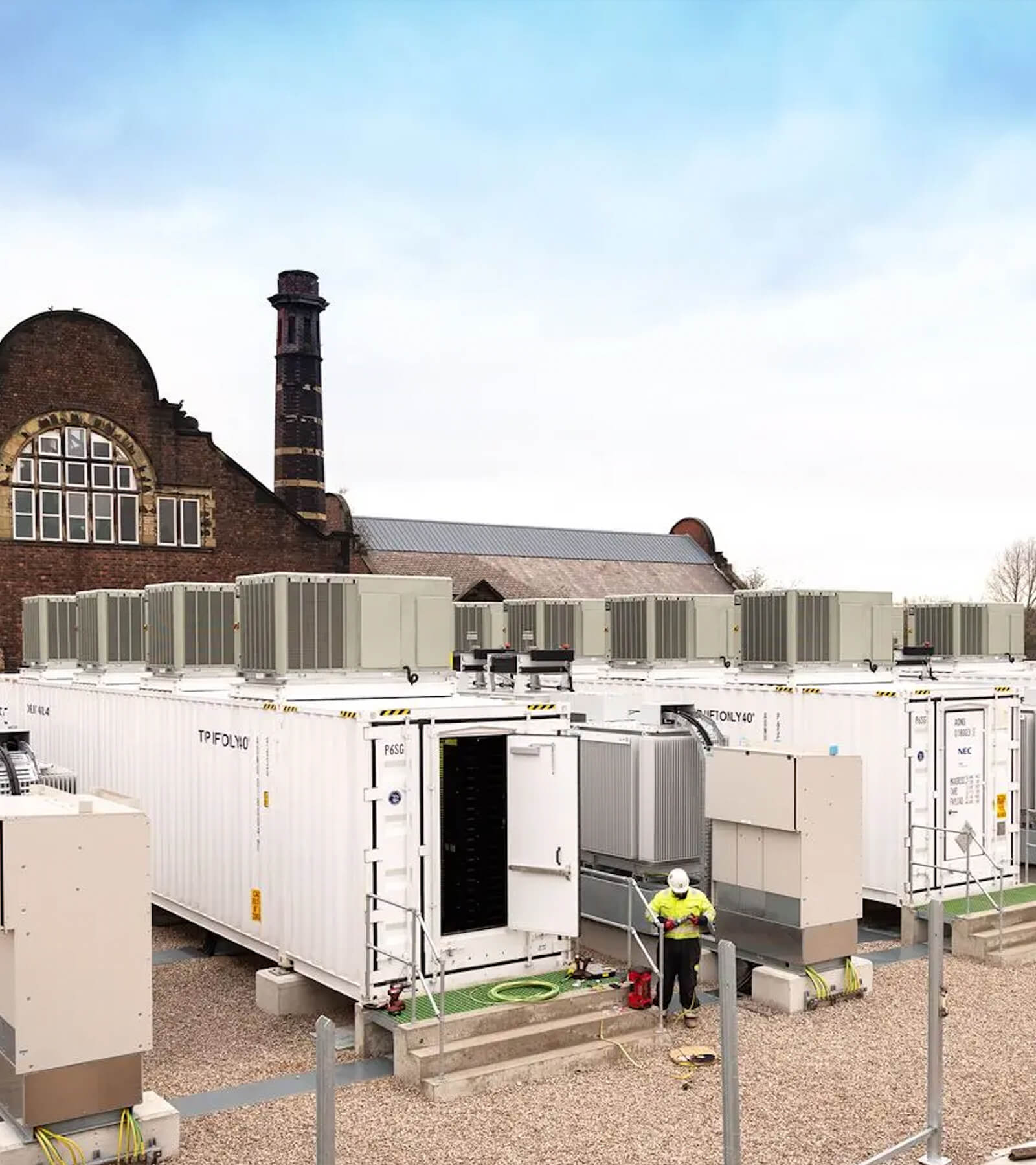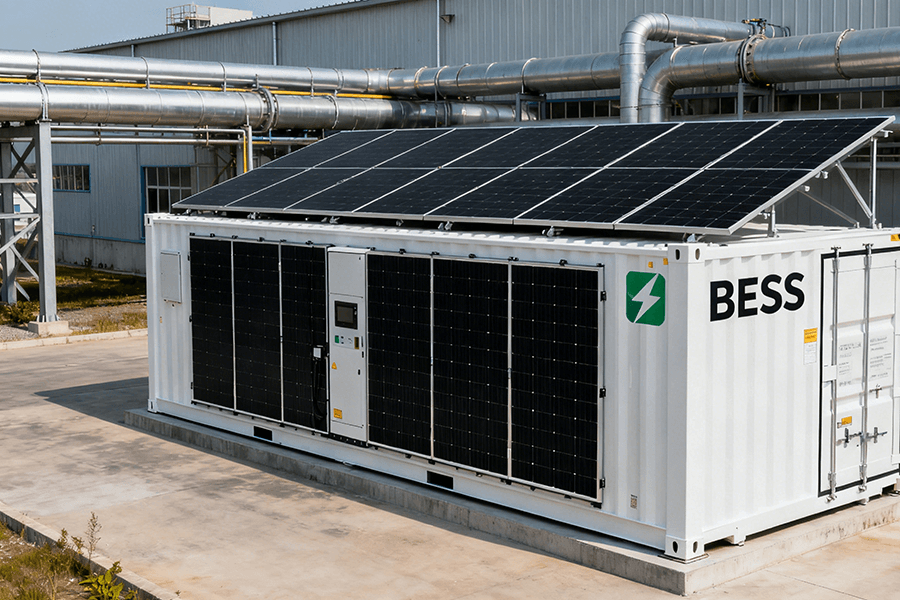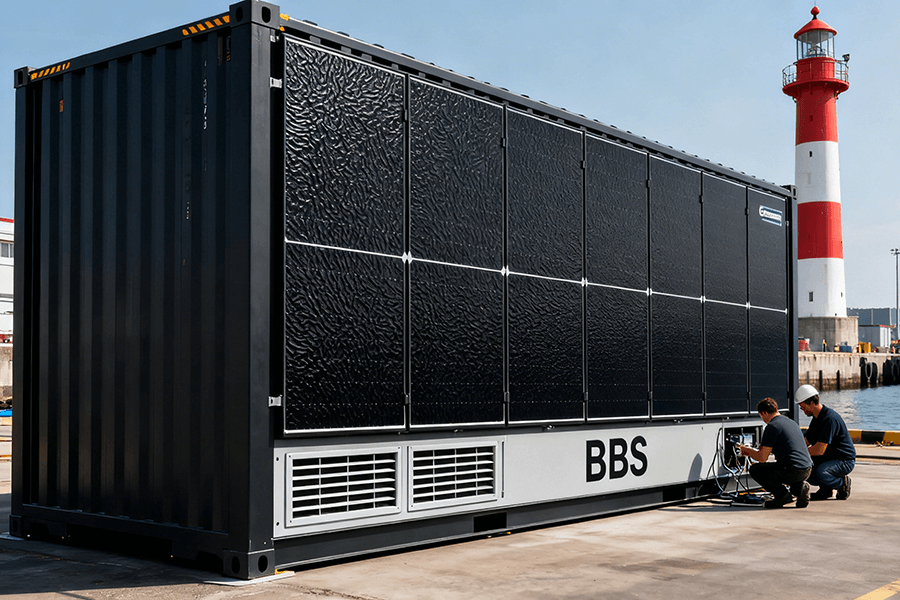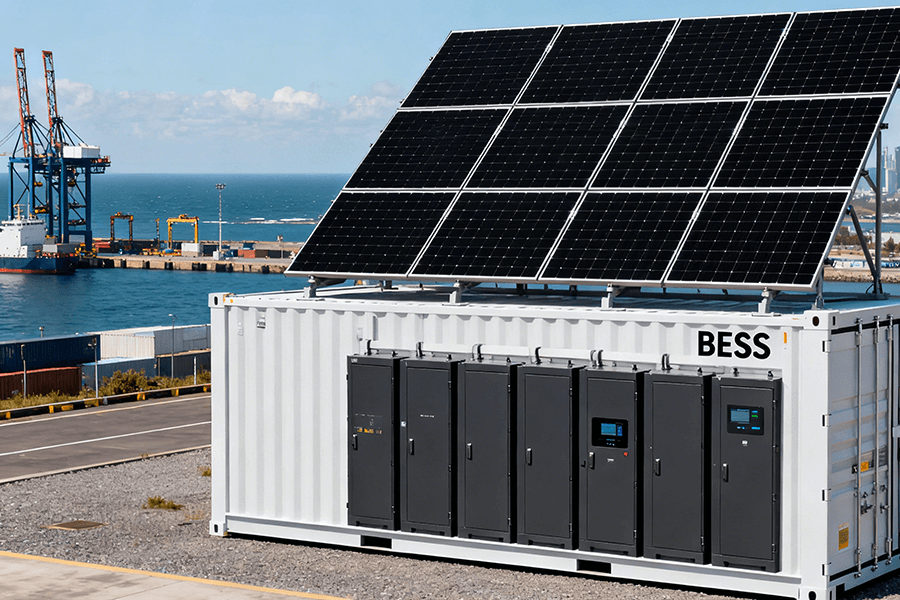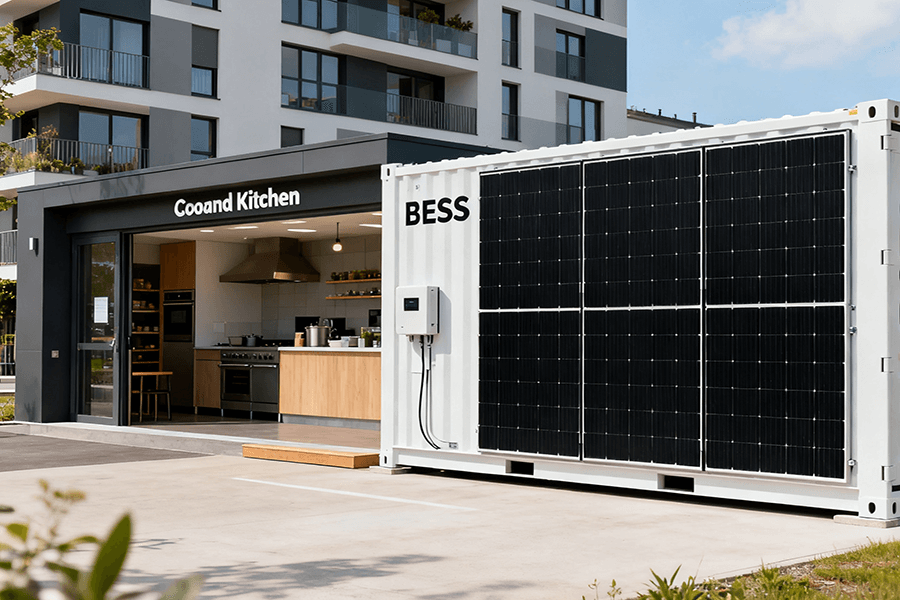
The Diesel Dilemma in Alpine Rescue
Picture this: A blizzard slams Austria’s Kitzbühel Alps—wind gusts hit 120 km/h, temperatures plummet to -25°C. A skier is buried in an avalanche, and the local rescue station’s diesel generator sputters to a halt. No radio contact. No defibrillator power. No way to deploy teams.
This isn’t a worst-case scenario—it’s a reality. 47% of generator outages occur during winter storms, precisely when lives hang in the balance . Diesel generators are the alpine rescue world’s worst roommate: loud (85–95 dB, louder than a chainsaw), unreliable in cold, and expensive to feed .
The Numbers That Matter (2025 Data)
|
Metric
|
Value
|
|
Total European alpine ski rescue stations
|
~450
|
|
Diesel generator dependency
|
85%
|
|
Average annual generator failures per station
|
3.2
|
|
Cost of 1 diesel resupply (avalanche season)
|
€1,200–€2,500
|
|
Average time to resolve a generator outage
|
4.5 hours
|
Enter BESS containers: quiet, tough, and ready to work when the snow hits the fan.
BESS Containers: The Lifeline in Rescue Operations
BESS containers aren’t just “big batteries in boxes”—they’re precision-engineered power hubs that kick in faster than a skier avoiding a tree (0.016 seconds) . Below’s how they keep high-stakes missions on track.
Communication: No More Radio Silence
Emergency radios and satellite links are non-negotiable for coordinating rescues. A 30-minute outage can cut off contact with teams in the field, turning a manageable crisis into a disaster. For context, avalanche victims have a 70% survival rate if rescued within 15 minutes—a window lost entirely if communication fails .
Key Win: During a 2024 6-hour blizzard, Austria’s Kitzbühel rescue station used a 300kWh BESS container to maintain uninterrupted communication . While nearby diesel generators froze solid, the BESS kept radios online—enabling rescuers to locate and extract 3 avalanche victims. All were rescued within 22 minutes, well above the survival threshold.
“We didn’t just save lives—we avoided the panic of being blind in the storm,” said the station’s operations manager.
Medical Care & Vehicle Charging: Keeping Tools (and Teams) Moving
Defibrillators, hypothermia warming blankets, and electric snowmobiles all need consistent power. When the grid goes down, BESS steps up—no refueling required. A single defibrillator needs 12–24V of continuous power; a warming blanket uses 150W per hour—demands diesel generators often can’t meet during outages .
Critical Save: In 2025, a 4-hour grid outage hit Switzerland’s St. Moritz mid-rescue. The station’s 250kWh BESS container kept medical equipment running and charged 2 electric snowmobiles (each requiring 8kWh for a full charge) . Rescuers reached two injured skiers with hypothermia in 38 minutes—one had a mild cardiac event, which was treated on-site with the BESS-powered defibrillator. Both survived.
BESS vs. Diesel: A Mission-Critical Comparison
|
Metric
|
BESS Containers
|
Diesel Generators
|
|
Startup Time
|
<0.02 seconds
|
5–10 minutes (if it starts)
|
|
Outage Risk at -30°C
|
0%
|
78%
|
|
Medical Equipment Support
|
24/7 continuous power
|
Intermittent (needs refueling every 8–12 hours)
|
|
Snowmobile Charging
|
2 units/hour (8kWh each)
|
Requires on-site fuel (risky in storms)
|
|
Maintenance Costs (Annual)
|
€1,200–€1,800
|
€3,500–€5,000 (parts + fuel)
|
Built for the Alps: Cold-Resistant & Deployable
Alpine winters don’t care about “normal” equipment specs. BESS containers are engineered to laugh at -40°C temps and fit where trucks can’t—critical for remote rescue sites, which account for 35% of European alpine rescue stations .
Extreme Temperature Adaptation
Top-tier BESS containers use Arctic-grade insulation (R-value 40+) and built-in heating systems to operate reliably from -45°C to 35°C . This isn’t overkill: Alpine temperatures drop below -30°C an average of 22 days per winter, rendering diesel generators useless .
Cold Weather Prove-Out: During a 2025 -35°C cold snap, Norway’s Tromsø rescue station’s BESS maintained full capacity (300kWh) for 72 hours without external power . Diesel generators at 3 neighboring facilities failed to start—technicians reported “frozen fuel lines and dead batteries.”
“We watched them struggle with blowtorches while our BESS hummed along,” said a Tromsø technician.
Portable Backup: Power Where the Road Ends
Remote backcountry huts often lack grid access. Portable BESS containers (50–100kWh) solve this—they weigh 800–1,200kg, light enough to transport via snowmobile or helicopter .
Remote Rescue Win: A 2024 storm stranded 8 hikers in a French Val d’Isère backcountry hut (1,800m elevation). The station deployed a 50kWh portable BESS via snowmobile, which powered:
- 2 medical oxygen concentrators
- 4 hypothermia warming blankets
- Emergency LED lighting
The BESS ran for 96 hours until the storm cleared. All hikers were evacuated safely.
“It was like dropping a power station out of the sky,” said the hut warden.
Sustainability: Saving the Planet (and Money)
BESS doesn’t just boost reliability—it cuts long-term costs and slashes carbon footprints. For rescue stations, which operate on tight annual budgets (average €180,000/year), this is a game-changer .
Ditching Diesel: No More Risky Resupplies
Diesel delivery in avalanche season is dangerous (trucks get stuck in snow 12% of the time) and pricey. BESS eliminates this entirely—no more fuel runs, no more safety risks.
Cost & Safety Win: Italy’s Cortina d’Ampezzo rescue station deployed BESS in 2023, cutting diesel use by 100% . Annual savings:
- €25,000 in fuel transport costs
- €8,000 in generator maintenance
They also avoided 2 fuel truck accidents (common in avalanche zones) in the first year.
Solar-Wind-BESS Integration: Clean Power, All Winter
Pair BESS with ski slope solar panels (installed on rescue station roofs) and small wind turbines, and you’ve got a renewable powerhouse that works even on cloudy days. Alpine regions get 1,800–2,200 hours of annual sunlight—enough to power 60% of a station’s needs, with BESS storing excess for storms .
Eco Impact: Sweden’s Åre rescue station uses a 150kW solar-wind system + 300kWh BESS to run 85% on renewables . Results after 2 years:
- Annual carbon reduction: 320 tons (equivalent to 70 cars off the road)
- Energy cost savings: €19,500/year
- Eliminated 12 annual diesel deliveries
“We’re not just rescuing people—we’re rescuing the mountains,” said the station’s sustainability lead.
Maxbo Solar: Your Alpine Power Partner
At Maxbo Solar, we’ve spent a decade engineering BESS containers for the world’s harshest environments—and the Alps are our specialty. We don’t just sell equipment; we design solutions that keep rescue stations running when it matters most.
Our Alpine-Focused BESS Solutions Check Every Box
- Cold-Ready: Operates from -40°C to 50°C (IP54 protection, C4 anti-corrosion )—tested in Norway’s Tromsø and Austria’s Innsbruck.
- Scalable: 50kWh portable units (for backcountry huts) to 500kWh stationary systems (for large rescue stations)—we match your power needs and space.
- Renewable-Ready: Seamlessly integrates with solar/wind. Our in-house engineers design hybrid systems, including panel placement and turbine sizing, to maximize efficiency.
- 24/7 Support: We offer alpine-specific maintenance (snow-accessible service teams) and remote monitoring—we alert you to issues before they affect operations.
Our Track Record in the Alps
Since 2022, we’ve supplied BESS containers to 23 rescue stations across 6 European countries (Austria, Switzerland, France, Italy, Norway, Sweden). A recent project in Tyrol, Austria, highlights our impact:
Tyrol Rescue Hut Project (2024): We installed a 200kWh BESS paired with 50kW solar panels at a remote hut. During a 7-day storm:
- BESS maintained 100% power for medical equipment
- Charged 3 electric snowmobiles (critical for evacuations)
- Ran on stored solar power for 5 days (no grid needed)
“Maxbo’s BESS didn’t just work—it worked when we needed it most,” said the hut’s manager.
Visit us at www.maxbo-solar.com to see how we can turn your station into a reliable, sustainable lifeline.
Conclusion: The Future of Alpine Rescue Power
BESS containers aren’t just upgrades—they’re “lifesaving power hubs” that turn unreliable diesel-dependent stations into 24/7 emergency command centers. With the EU’s “Mountain Rescue Safety” initiative pushing for greener, more resilient infrastructure , adoption is accelerating: 15% of Alpine stations now use BESS, up from 3% in 2020 .
By 2032, we predict 90% of European alpine rescue stations will ditch diesel for BESS . For rescue teams, that means fewer generator headaches, more lives saved, and a smaller carbon footprint.
In the Alps, the difference between a successful rescue and a tragedy often comes down to power. Choose BESS. Choose reliability. Choose Maxbo Solar.

